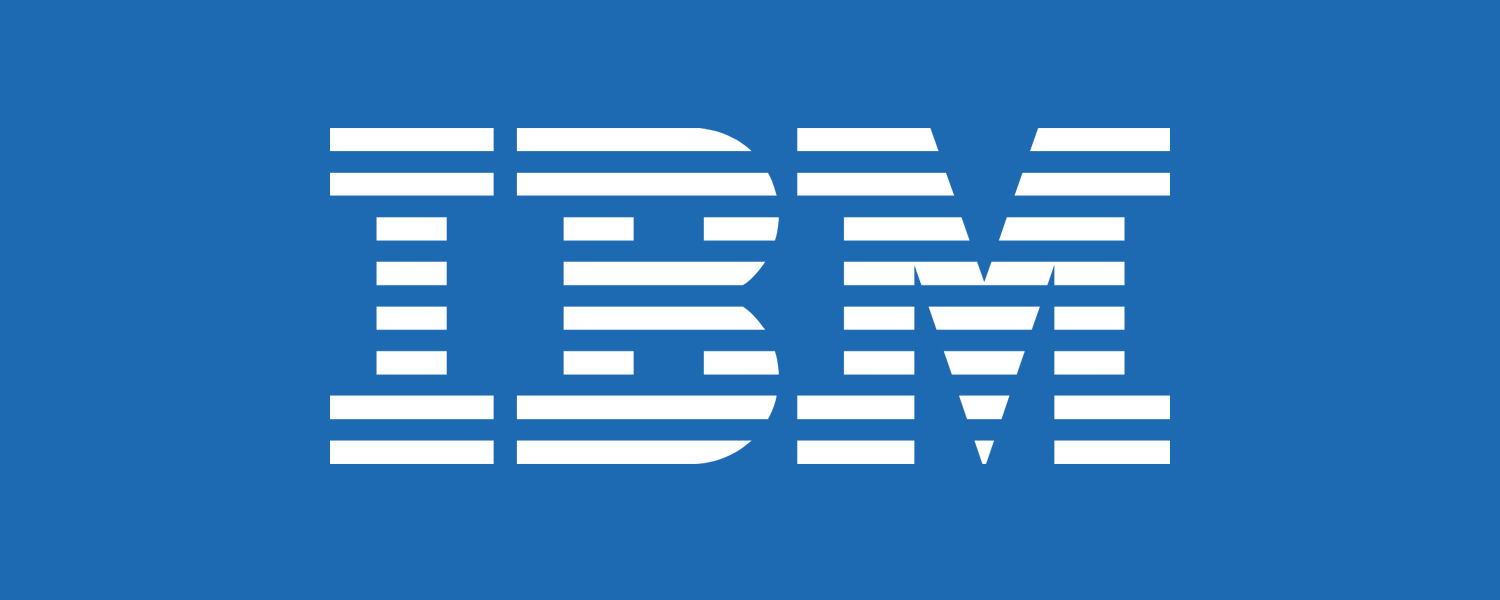There are many travellers on the road to digital transformation (DX), and many difficult decisions to make in order to keep ahead of the competition. The key to addressing today’s business challenges, and to boosting the bottom line, is securing a platform that’s built for the heavy lifting of large volumes of real-time data, both now and into the future.
Integrating processes improves operational efficiencies, optimizes opportunities, meets the demands of a changing workforce, and ensures the capacity for growth. Fear of disruption prompts some businesses to delay making changes, but doing nothing comes at a cost. Faced with a flood of data, there’s significantly more to gain by moving forward than by standing still.
The imperative to accelerate IT provisioning finds compelling support in a new update to the Worldwide Semiannual Digital Transformation Spending Guide from International Data Corporation (IDC). A powerful tool for understanding the hardware, software and services opportunities related to digital change, this guide predict that worldwide spending on digital transformation technologies will be more than $1.2 trillion in 2017, an increase of 17.8% over 2016. And that’s no one-off. IDC expects DX spending to maintain this pace and reach an astonishing $2.0 trillion in 2020.
With this as the forecast, and an increased need for quick, real time access to information, many companies are looking to eliminate the input/output bottleneck that characterizes analytical systems. Robust, scalable systems like HANA, with state-of-the-art processing and high RAS features top the list of possible solutions.
For organizations contemplating a move from SAP enterprise applications to HANA, the main decision is whether to go with HANA in standard architecture, either as an appliance or via SAP’s Tailored Datacenter Integration (TDI) program, or with HANA on IBM POWER.
Initially only available as an appliance on the standard architecture, HANA came with hardware and software that was preconfigured and pre-installed, requiring SAP customers to switch out their existing hardware when they migrated. HANA on IBM POWER introduces the first alternative architecture to be certified for HANA, further reducing the complexity of data in a more user-friendly interface.
A white paper enumerates the ways in HANA on IBM Power minimizes the challenges inherent in migrating from a previous relational database environment. Not only is it ideally suited for the large datasets, but it also takes advantage of established Power capabilities like higher clock speeds, advanced virtualization, and SMT-8 multithreading. Other benefits of HANA on IBM POWER include software that will run on any POWER8 server, higher memory bandwidth with faster processors, predictive failure alerts, advanced memory protection, flexible scaling, and out-of-the-box virtualization that makes it possible for eight SAP HANA virtual machines to be consolidated on a single IBM Power Systems server.
There are hurdles in any migration, but there’s nothing to gain from inertia. The obvious advice for leaders looking to maximize business value in a data-driven landscape is to assess organizational needs, consider all options, and make an informed decision about how they intend to seize the digital world.

